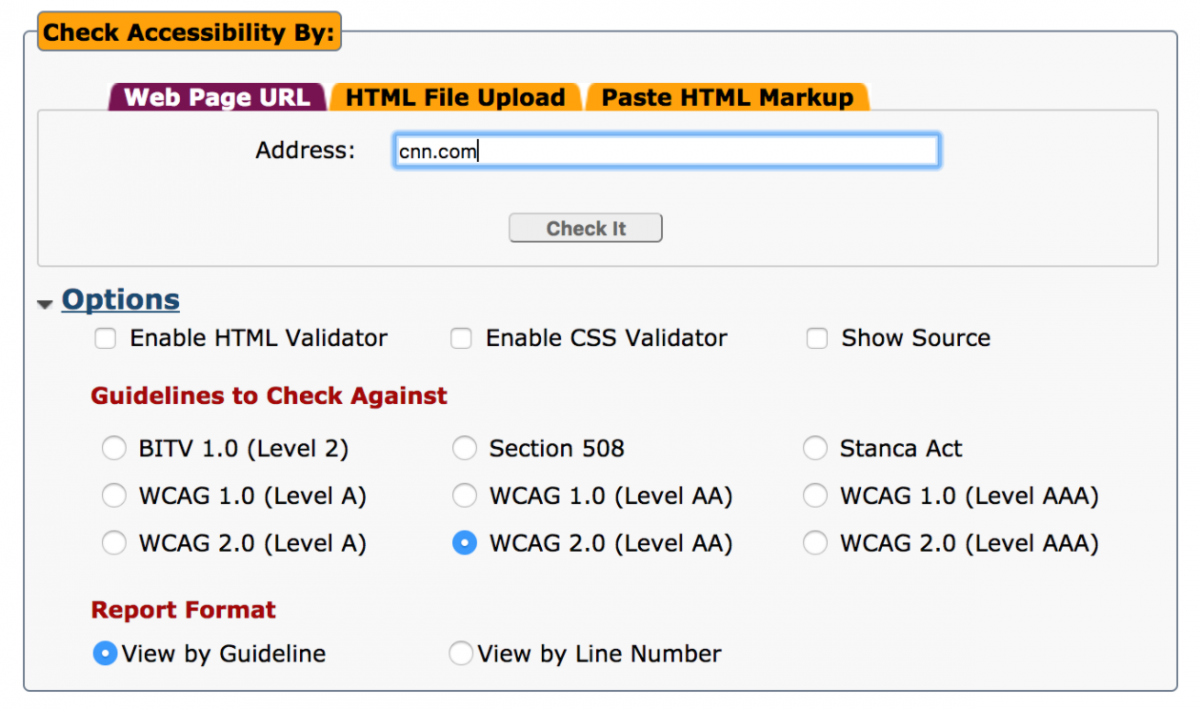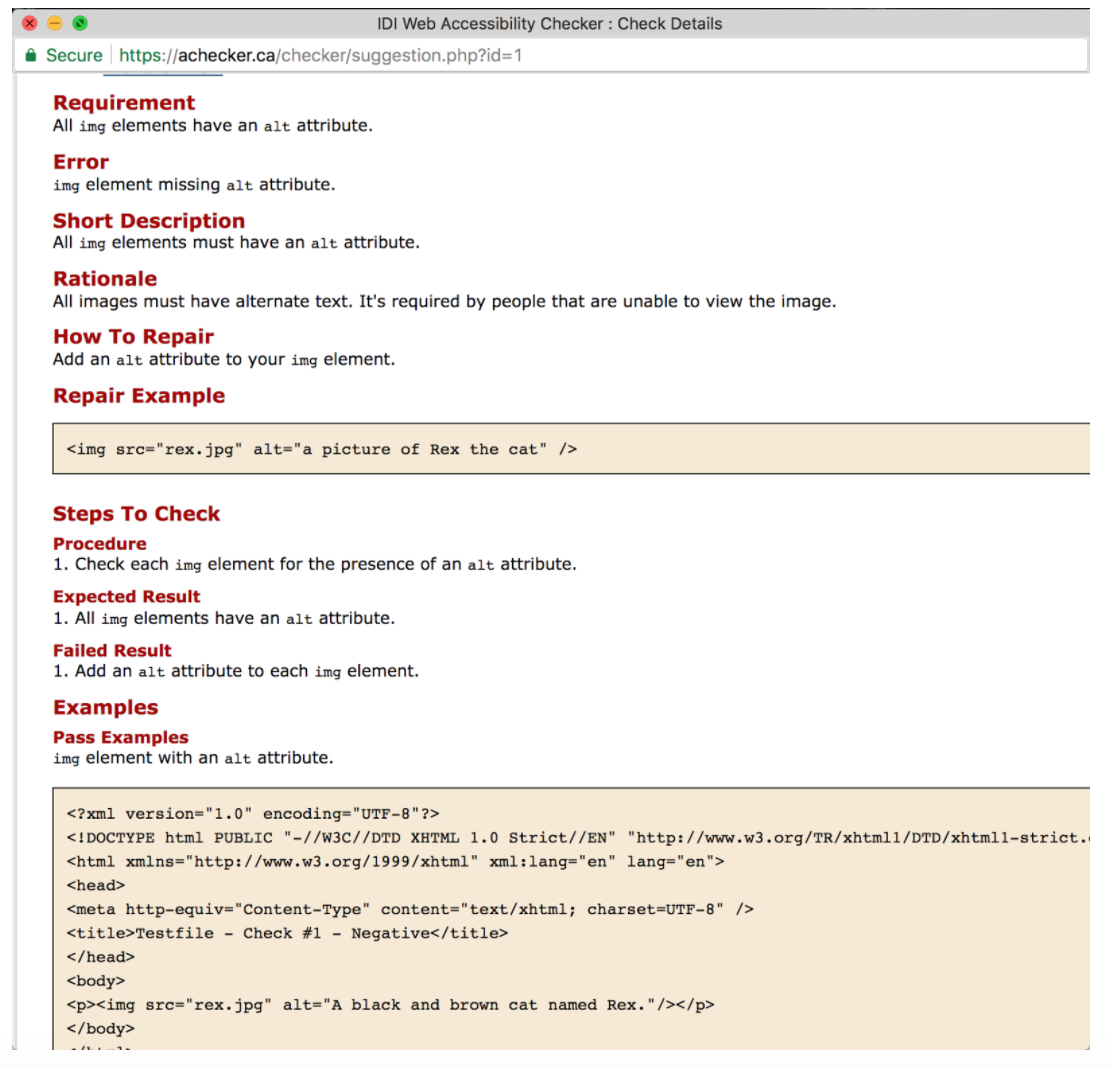Compared to mortar and brick stores, the Americans with Disabilities Act (ADA) regulations for electronic commerce stores are comparatively lax. You don't require a certain number of fire exits or sprinkler heads. You don't want disabled parking spaces, wheelchair ramps, or tub room stalls designed especially for individuals with a disability. Though electronic commerce doesn't have one of these issues, ADA accessibility is a problem you should not ignore it.
What's ADA Accessibility and Who Does It Serve?
The ADA defines disability as a mental or physical impairment that substantially limits more than one major life activity. Disabilities that affect online shoppers could include vision impairment, blindness, reading difficulty or dyslexia, being hard of hearing, or some other disability that prevents the use of a traditional mouse or keyboard.
People with these disabilities utilize gear that is accessibility to navigate the world wide web. A few of the gear that is normal, like screen readers or speakers, work by reading the internet site out loud. In order for these tools to work correctly, certain guidelines should be followed when generating and maintaining a website. An internet site's availability is determined by how well it complies with these guidelines.
Why Does ADA Accessibility Matter?
Making certain your electronic commerce store is ADA Compliant is essential for a couple of reasons.
- Prepares you for the future
In the United States, ADA regulations for mortar and brick stores are apparent, but the law hasn't really caught up to technology. Whether electronic commerce retailers should take place to the accessibility standards is a hotly contested topic. Since 2003, The Ministry of Justice has been making strides to officially apply ADA regulations to internet businesses, and it does seem to be an issue of when, not if, these laws will take effect. Recent developments demonstrate that the standard can be applied in the next few years. Ensuring accessibility will prepare you for the unavoidable.
- Minimizes legal accountability
Whilst the law of the united states may still be ambiguous law has been fairly clear on this issue. A Good Deal of companies have already faced fines or a suit for using a non-compliant electronic commerce store or internet site, for example:
Target, Dominos Pizza, Patagonia, Home Depot, Bed Bath & Beyond, Ace Hardware, Potbelly Sandwich Works, Reebok, JCPenney, Panera Bread, Bank of America, Safeway, Charles Schwab, Foot Locker, Toys R Us, Brooks Brothers, the National Basketball Association (NBA), and AMC Theatres
In one of the more publicized claims, Target Corporation confronted a big lawsuit and litigation brought by the National Federation of the Blind in 2008. Target paid $1 million to settle the class action suit and almost $4 million more to pay the plaintiff's attorney fees along with other expenses. While this kind of payout isn't common, it does set an expensive standard.
- Increases your potential client pool
The disabled community is an underserved demographic. Making certain your website is compliant can give you a competitive edge, in more ways than one. Its only common sense: If someone cant access your website, they cant purchase your products. You might have fantastic marketing, leading Search engine optimization, killer products, and superb customer service, but if your website isn't ADA-available, you might be leaving money on the table. Compliance may also improve your organic search results page. Many search engines rely on the same elements accessibility tools utilize internet internet internet search engine spiders and spiders cant see pictures or hear sound content. Optimizing your site for ADA accessibility has the added advantage of optimizing your site for search engines.
What Are Some ADA Access Failures?
Any number of attributes could give rise to a failure to get an ADA Web Access test. Here are Merely Some of the typical issues:
- Improper text size
- Missing alt text in pictures
- Missing labels for input types
- Anchor hyperlinks with no text
- Incorrect H1 or header tag positioning
- Images with low-contrast text
- Example: Grey text on a black background
- Line length that is incompatible and legibility
- Types with improper tab
- Vague wording for code, copy, and mistakes
- Example: Enter your information to sign up vs. Enter your initial, surname, and email to sign up
- The main navigation isn't compact for easy accessibility
How do I Review my Own Website for ADA Compliance?
The initial step in making your web site accessible to the disabled community is assessing the present condition of your web site. You may easily scan your site to see what kinds of problems are in play. In Gauge, we utilize an internet service named AChecker. Give it a try on your site.
We suggest checking your site against Web Content Accessibility Guidelines (WCAG) 2.0 Level AA. Maintaining the maximum level of compliance with WCAG 2.0 Level AAA might have a large effect on the cost and user experience of your web site. Level AA guidelines offer a good middle ground between ADA compliance and standard consumer experience; its widely considered as the very practical and reasonable amount of compliance for personal retailers. And if you're utilizing Magento, Level AA is the maximum level you can achieve, due to the design of its core application.

Review the Scan Results & Fix the Difficulties
Let's have a look at a popular site, CNN.com. We've listed some common compliance problems already, however, this example shows something important a successful, wildly popular site similar to this one has some easily voided problems, like missing alt tags. It may take a process, in the build of a brand new site and in ongoing site maintenance, to be in compliance. Making sure that best practices are understood and followed should become part of your development and characteristic roll out process. Till you ask yourself Can this feature be ADA compliant? whenever you roll out a brand new rewards program or implement any feature, you won't really be at a spot that is good.
The best thing about A Checker is that it gives you the reason a check was neglected and overall examples of the best way to fix the matter. As you can tell in the example below, this will really help your developer or bureau resolve issues.

Need an ADA Audit?
Our team has the experience to help you determine if your site is ADA-compliant. Our audits provide you with the information you need to resolve ADA violations.
Costs & Incentives
US companies can take advantage of government incentives for making your site compliant. Qualifying businesses (online and offline) may claim a one-time tax credit to cover up to 50% of eligible costs. These tax credits apply to expenses between $250 and $10,250, and cover costs like interpreters, acquiring or modifying equipment or devices, and other auxiliary aids.
The average cost to make a small or medium-sized eCommerce store ADA accessible ranges between $27,000 and $50,000, depending on the size of the website. Becoming compliant will take an investment, but remember, that’s truly what it is—an investment. Eventually, reaching and maintaining compliance won’t be an option. Getting compliant now will pay off and save you the headache of rushing a compliance project down the road, and could save you a very expensive lawsuit in the meantime.
Intrepid Network Will Help You
You don't need to tackle compliance alone. We can help you review, audit, and configure your site to achieve ADA compliance up to WCAG 2.0 Level AA standards. Want to get a conversation started? Simply contact us and list ADA Compliance in the message area.
